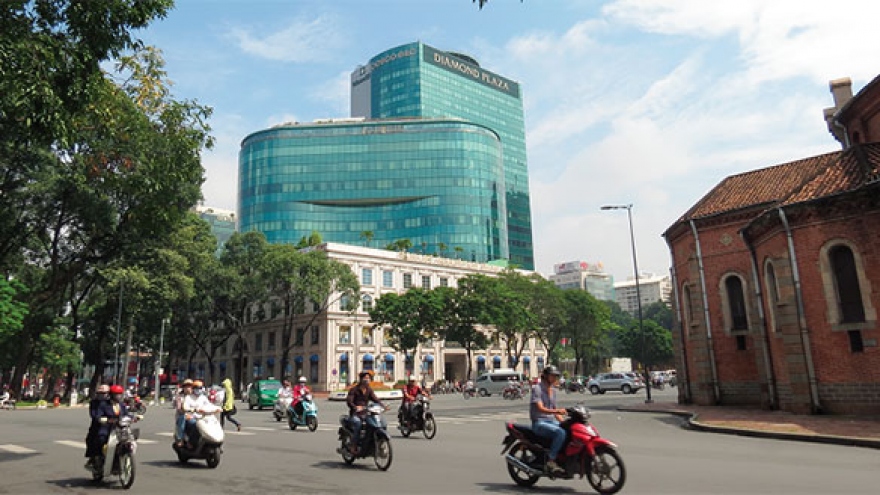The third real estate wave
A new real estate wave in South East Asia is targeting Vietnamese upstarts.
 |
In late August, Anpha Holdings Vietnam joined forces with PropNex International Singapore to introduce Star Residences Two in Malaysia to Vietnamese investors.
This is a 58-storey building with 482 apartments (68-120 square meters each) in Kuala Lumpur. The project is developed by Malaysian UMLand and Symphony Life and priced at US$5,700-6,800 per square meter.
After that, Anpha Holding is planning to introduce three other projects in Singapore - Wallich Residence, Sims Urban Oasis Leedon Residence – in late September. All of these projects are developed by GuocoLand Limited.
A representative of Anpha Holding said real estate projects would be introduced to Vietnamese investors this November.
Prior to that, a series of campaigns inviting Vietnamese to buy real estate in the US and Australia occurred.
Analysts commented that real estate products in Australia attract Vietnamese thanks to stable political conditions, low interest rate, reasonable tax policy and high demand for lease.
Real estate firms such as Iron Fish have shifted to target Vietnam after the Australian government tries to restrict wealthy Chinese from buying houses in the country.
In an effort to attract Vietnamese buyers, some Australian banks offered to lend up to 70% of property value at the low interest rate of 4% per annum.
A senior executive of Iron Fish affirmed that real estate in Australia can bring profitability of 10-20% per annum.
In fact, the profitability of the real estate in Australia and Malaysia is not the most important factor that attracts Vietnamese. They tend to pay higher attention to the other benefits.
For example, those who buy houses in these countries can enjoy benefits given to nationals and their children can pursue advanced education there.
Iron Fish said that Vietnamese buyers, mostly from HCM City, buy real estate in Australia to lease or for their children to stay when they study there.
The tendency has been seen in Vietnam for the last five years.
According to the US Migration Policy Institute, by 2009, Vietnamese families had sent over 100,000 students to 50 countries.
The countries with many Vietnamese students as of 2010 were Australia (25,000), China (13,000), the US (12,000), Singapore (7,000), the UK (6,000), France (5,000), Russia (5,000) and Japan (3,000).
The property supply from foreign countries has not had any impact on the Vietnamese real estate market. A senior executive of Him Lam Real Estate Company commented that only wealthy people can afford overseas real estate.


